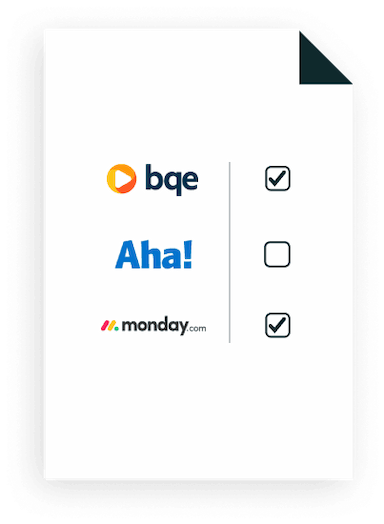Last Updated Oct 29, 2024
Overview
i-nexus aligns and executes business strategies with its planning and performance tracking tools. Although the interface can seem complex initially, the software provides actionable insights into goal-driven plans. Overall, i-nexus provides robust functionality that helps organizations drive and manage their strategic goals effectively.
Overall Rating
Based on 1 users reviews
5
Rating Distribution
Positive
100%
Neutral
0%
Negative
0%
Starting Price
Custom
What Is i-nexus Software?
Overview
i-nexus is a cloud-based strategy execution software designed for business organizations to align their strategy with execution, measure performance, and drive results. The software provides various strategic portfolio management tools, such as strategy deployment, performance management, risk management, and project portfolio management.
With i-nexus, businesses can plan and execute their strategy across different levels of the organization, set measurable objectives and key results (OKRs) for tracking progress, and continuously monitor and adapt their strategy as required.
What Is i-nexus Project Management Software Best for?
The best capability of i-nexus is providing a comprehensive platform for organizations to unify their strategy execution. The software eliminates the need for countless project management solutions to achieve better outcomes. Also, customers like i-nexus for its user-friendly interface, customizable features, and robust analytics tools.
These i-nexus benefits enable organizations to gain insights into their strategy framework and operational excellence. They can make data-driven decisions and achieve strategic objectives with better business insights.
i-nexus Project Management Pricing
i-nexus Integrations
i-nexus is a connecting project management software that helps businesses get rid of using a patchwork of technologies to plan and implement a strategy. Therefore, organizations integrate i-nexus with other software solutions that matter to their business excellence.
Some featured integrations include the following:
- Microsoft Office 365
- Microsoft Dynamics 365
- Microsoft Outlook
- Microsoft Teams
- Microsoft Azure
- GSuite
- Trello
- AWS
- Salesforce
- Jira
- Clarizen
- Mevisio
How Does i-nexus Work?
Here is a step-by-step guide to help you get started with i-nexus:
- Sign up for the software by visiting their website and selecting the appropriate plan;
- Once you have signed up, you can begin defining your strategy by creating a strategy execution framework and defining key results to measure progress toward achieving framework objectives;
- After defining your strategy, you can identify the initiatives that will help you achieve your objectives. These initiatives should be aligned with your overall strategy and prioritized based on their importance and impact;
- Allocate resources, including people, time, and money, to each initiative based on priority and importance;
- Set up KPIs and dashboards to measure performance and keep track of how close you are to reaching your strategic goals and projects.
- Identify and manage risks associated with your initiatives by tracking risk mitigation efforts and developing contingency plans;
- Collaborate and communicate with team members, stakeholders, and executives throughout the strategy execution process;
- Use the analytics capabilities to analyze performance data, identify trends, and make data-driven decisions.
Who Is i-nexus Strategy Deployment Tool For?
The software caters to many organizations, including small, medium, and large enterprises. Organizations across diverse industries, including healthcare, manufacturing, financial services, and government, can use i-nexus. It is particularly well-suited for large businesses that operate in complex environments and need to manage multiple initiatives and resources for their strategic portfolios.
Is i-nexus Strategy Software Right For You?
i-nexus is a comprehensive tool for enabling effective strategy execution. Organizations typically choose it to improve their strategic and operational work planning, execution, and tracking processes.
Particularly large and complex organizations will benefit more from the i-nexus platform. It will help them set goals with less effort and strategize for their critical systems and projects across different departments, business units, or regions.
Overall, i-nexus is feasible for the functions of strategy execution, portfolio management projects, continuous improvement, and risk management.

